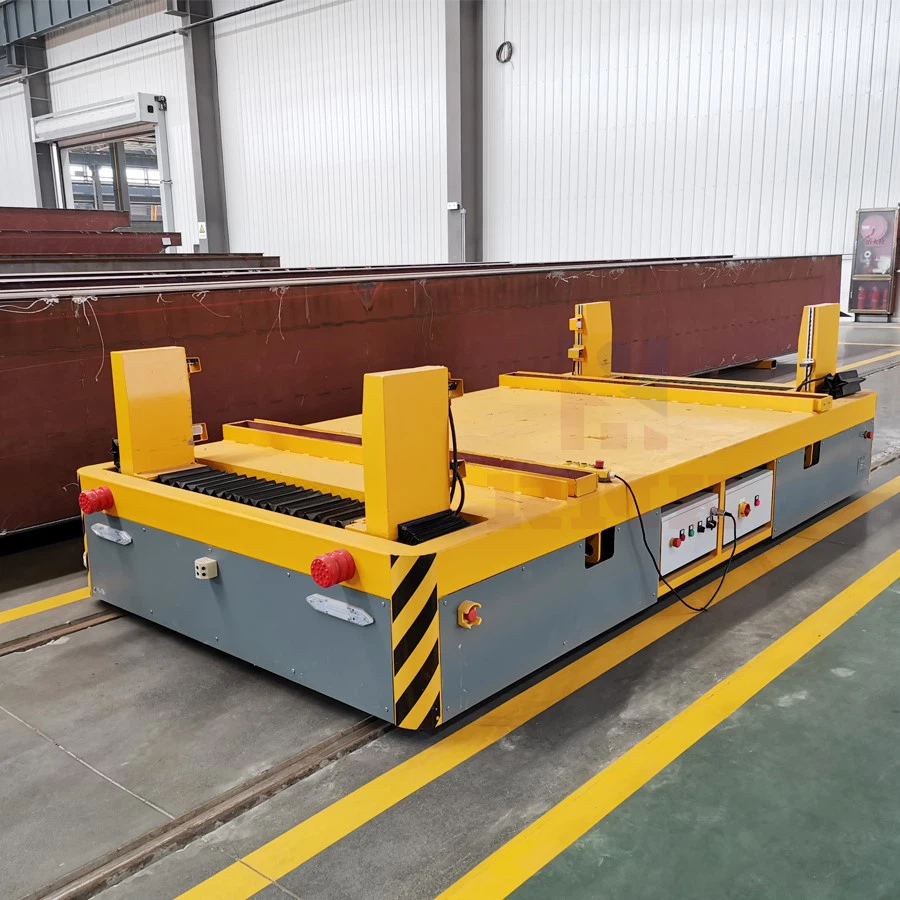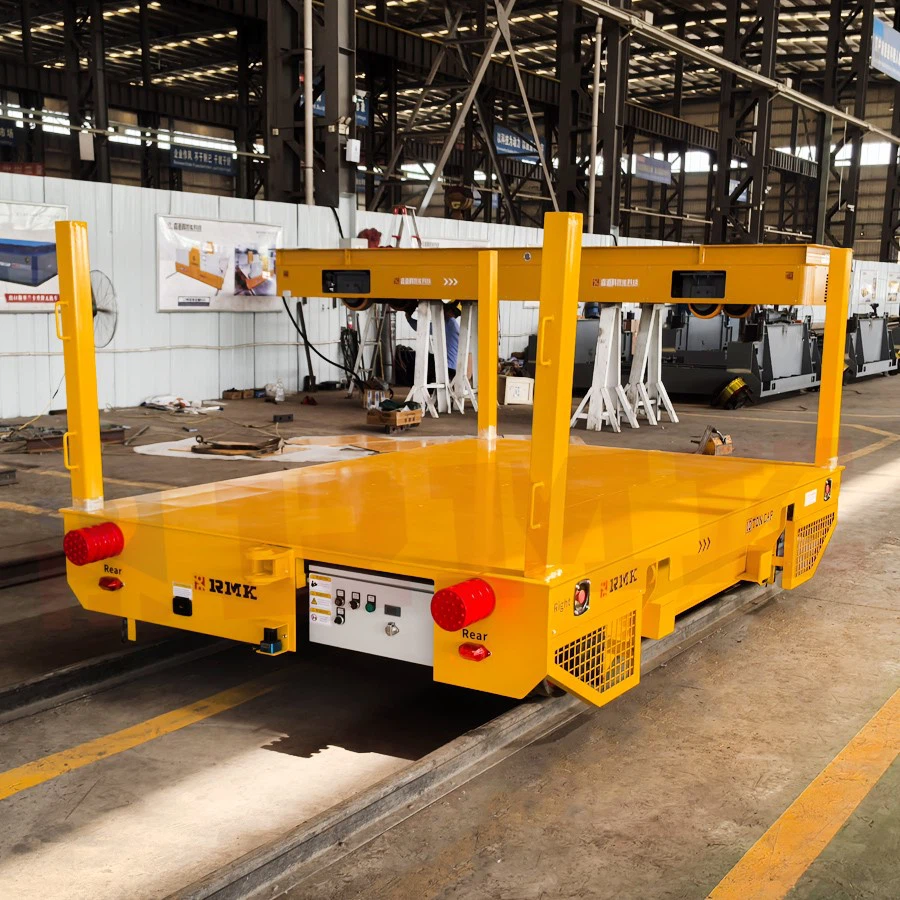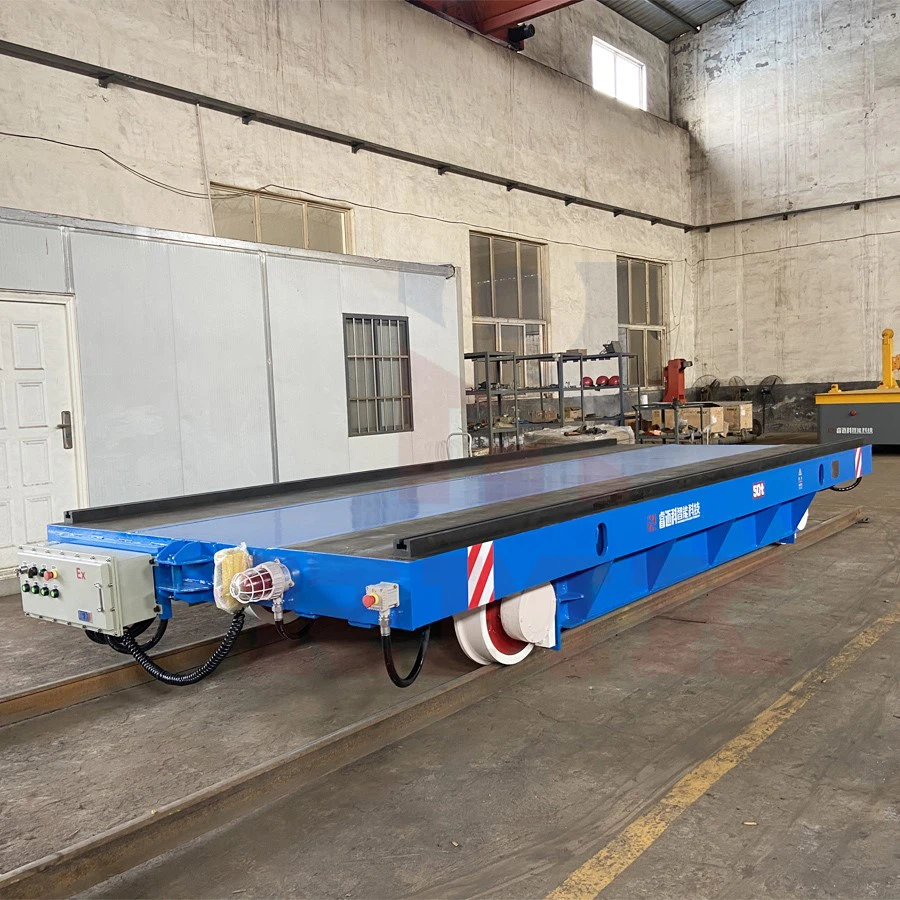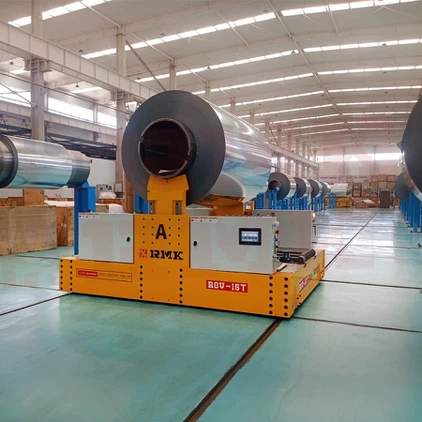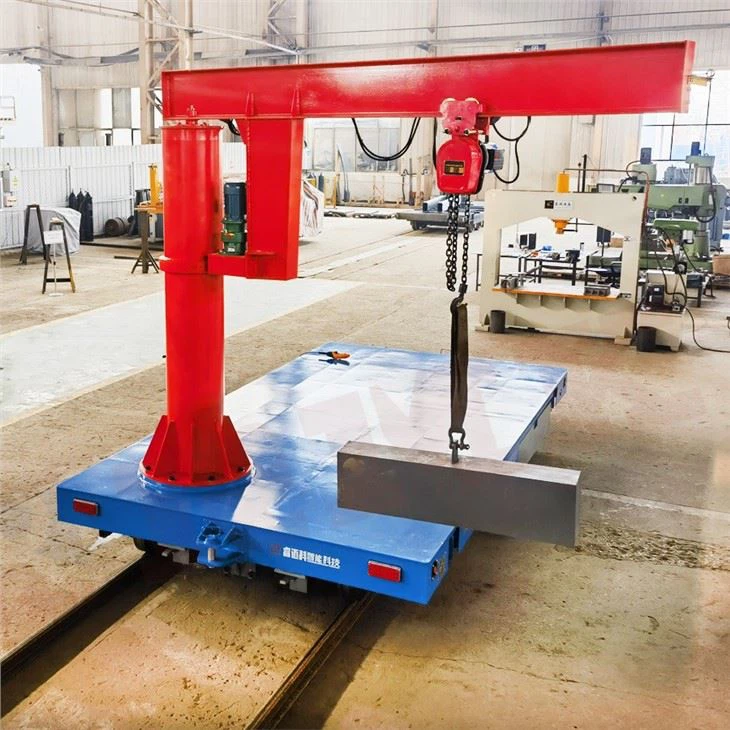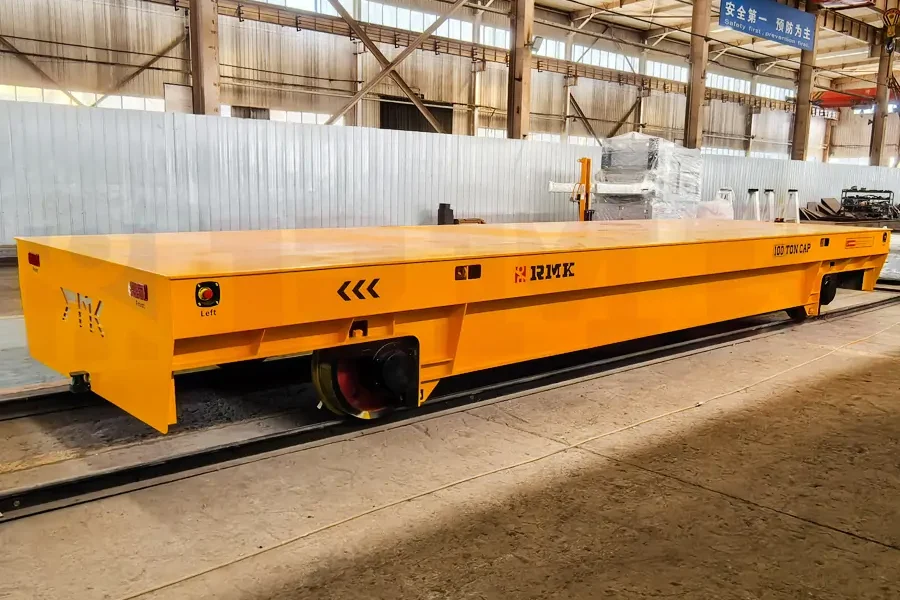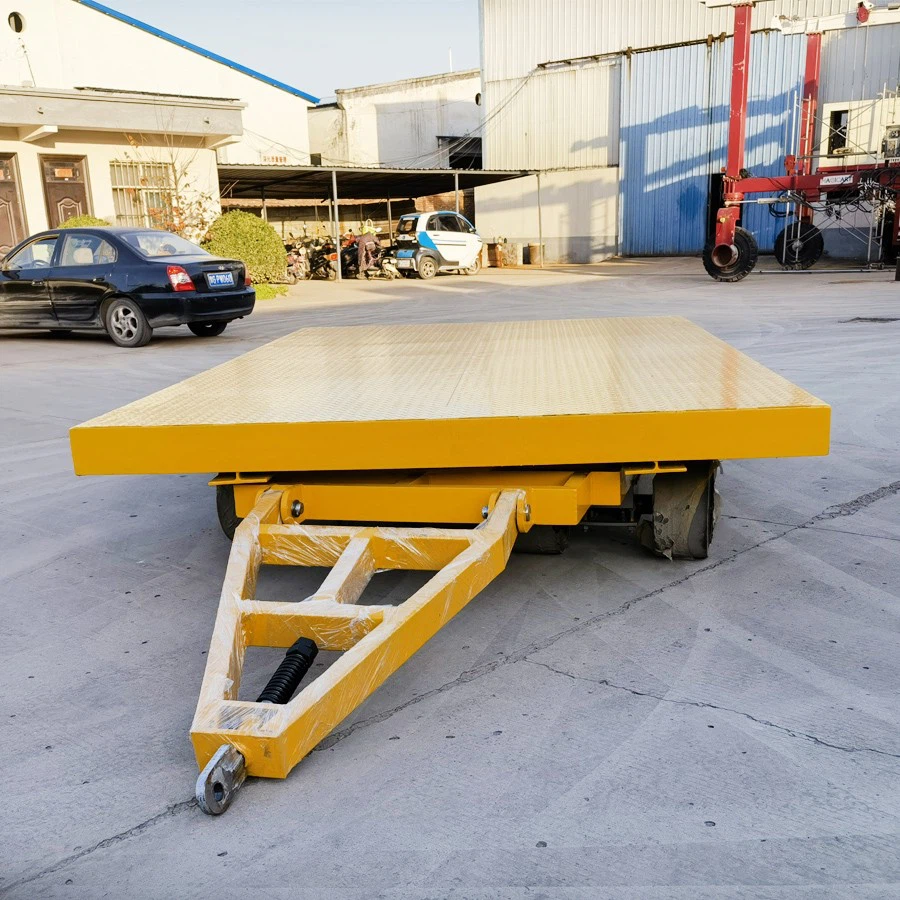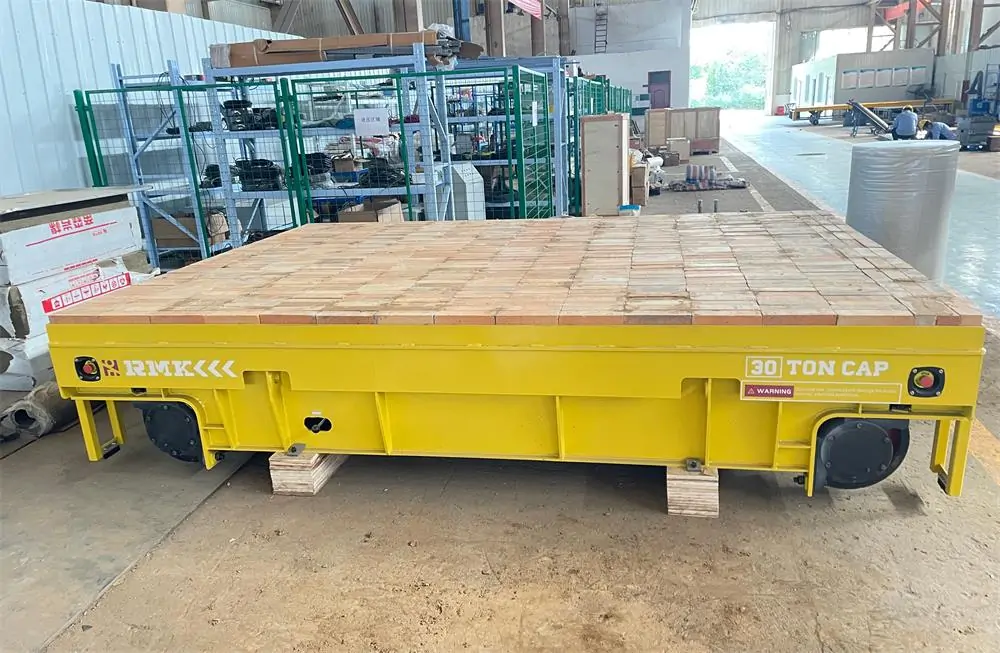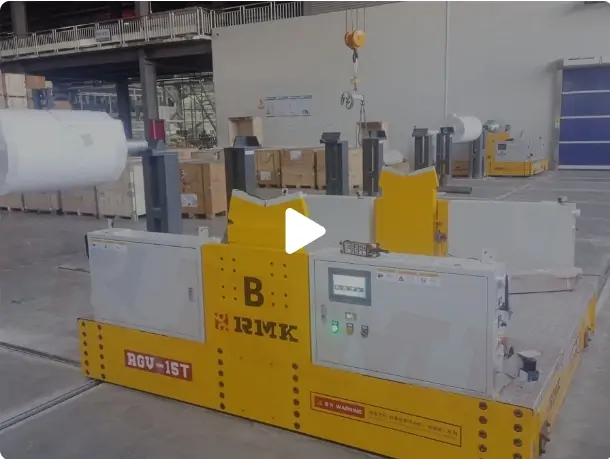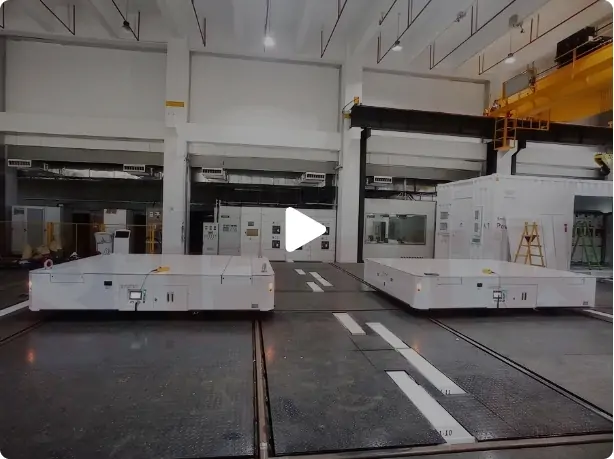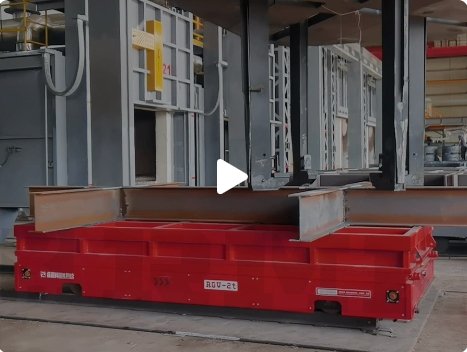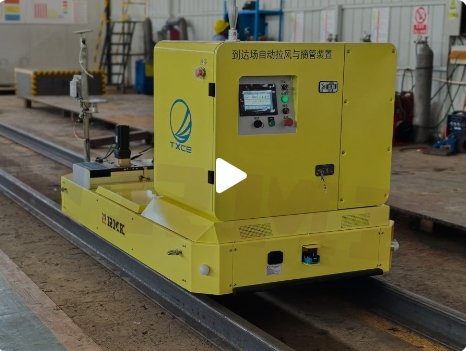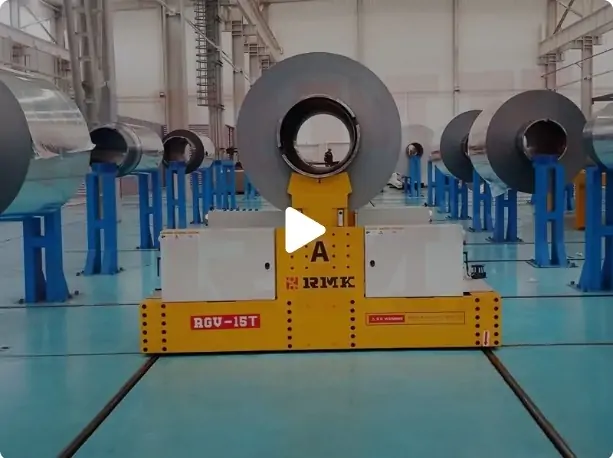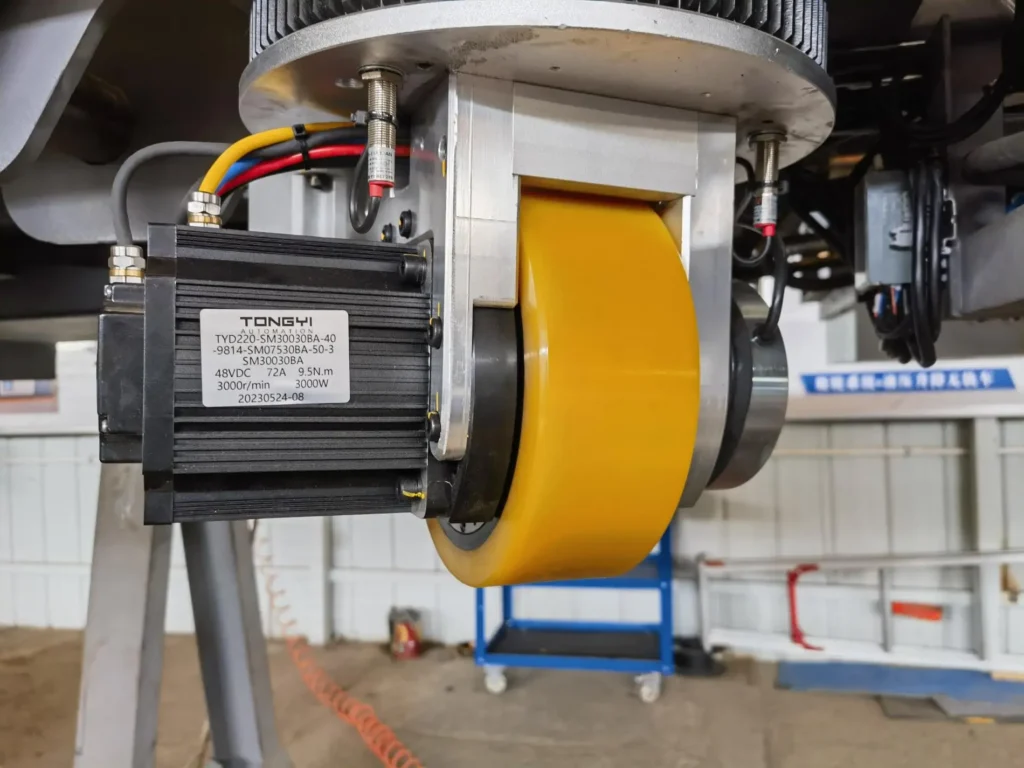As a Chinese manufacturer of rail transfer cars, we recognize their widespread use in modern industrial production and logistics—particularly for transporting large materials. While rail-guided transfer cars employ various power supply methods, today we explore the four most common options. Selecting the right power supply for your application enhances transportation efficiency and reduces operational costs:
KPX Battery Rail Transfer Car
The KPX battery-powered rail transfer car utilizes lead-acid or lithium batteries, equipped with an intelligent charger. The battery supplies power to the traction motor, driving vehicle operation. DC motors or low-voltage AC motors powered by batteries offer advantages such as high starting torque and strong overload capacity. This makes the KPX battery rail transfer car the most popular choice, delivering optimal performance across various rail transfer car applications.
Compared to other rail-guided transfer car models, it offers enhanced safety and flexibility. It can navigate curves and switches, operates without distance restrictions, requires no track insulation, features easy installation, and offers low cost.
KPD Rail Transfer Car
The KPD rail-guided electric transfer car is a low-voltage, rail-powered electric handling vehicle.
As a common rail transfer car type, its operating principle is as follows: A 380V power source (three-phase or single-phase) is stepped down to a safe 36V voltage via a ground-based control system, then transmitted to the transfer car’s running track. Low-voltage current is transmitted through the transfer car’s conductive assembly to its step-up transformer, which elevates the voltage back to 380V. This drives the three-phase or single-phase capacitor motor, propelling the transfer car forward.
The KPD Rail Transfer Car offers advantages, including safety, non-interference with cross-transportation, ease of automation, operation on curved and circular tracks, and unlimited operating distance by appropriately increasing the number of step-down transformers.
Applications: Steel, heavy industry, aerospace, coal, water conservancy, and other sectors.
KPT Rail-Guided Electric Transfer Car
The KPT rail-guided electric transfer car is an electrically powered transport vehicle supplied via a reel cable.
Its operating principle involves connecting a 380V/220V power source to a fixed-end power socket. A specialized heavy-duty flexible cable links this to the flat car. The flat car features a magnetically coupled cable reel that automatically retracts and extends the cable during operation, ensuring a continuous and safe power supply to directly drive the running motor.
The KPT Rail Transfer Cart is suitable for applications with short operating distances (≤20m), high usage frequency, and low overall vehicle height. For scenarios involving short distances and low speeds, drag chains can be used to reduce cable wear.
Applications: Machinery manufacturing, mold shops, warehouse logistics, short-distance internal factory transportation, etc.
KPC Rail Transfer Vehicle
The KPC conductor rail electric flat car employs a power supply method involving a groove cut into the rail side. A safety conductor rail is installed within this groove, covered by a single-sided hinged cover plate secured to the ground. During operation, a flip mechanism within the groove lifts the cover plate. A cable inside this mechanism connects to the safety conductor rail collector. After the electric flat car passes, the cover plate automatically returns to the ground, ensuring smooth, trackless operation. The KPC conductor rail electric flat car has no operational distance limitations. For long-distance transport scenarios, this power supply method is the optimal choice for rail transfer cars.
Conclusion:
The four rail transfer car power supply methods described above each have distinct characteristics, but fundamentally meet the application needs of all scenarios. As a professional custom rail transfer car manufacturer, we possess a dedicated team of design engineers to tailor solutions specifically for your requirements. If you face material handling challenges, contact us now. Our expert service team will provide tailored solutions.

